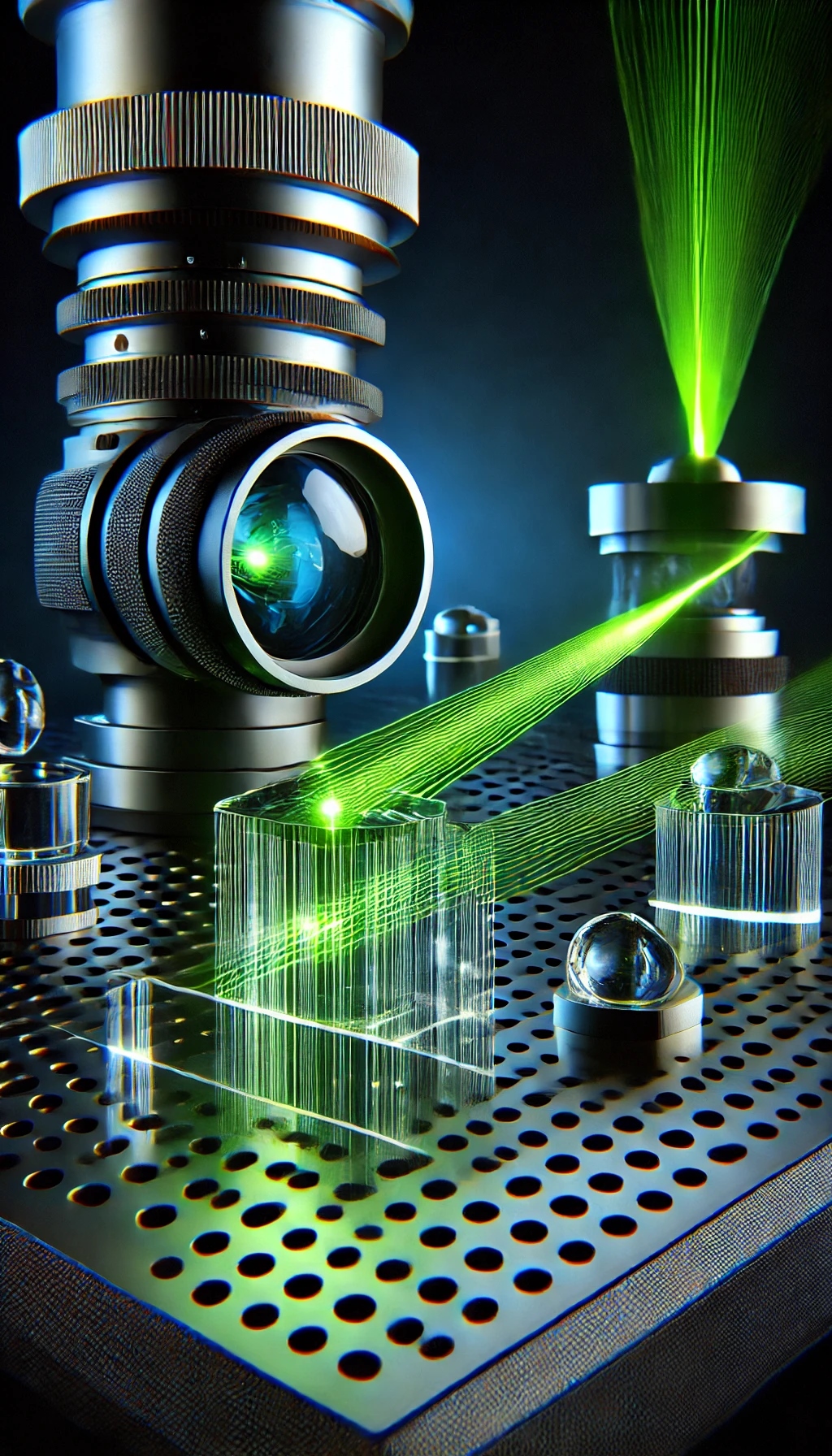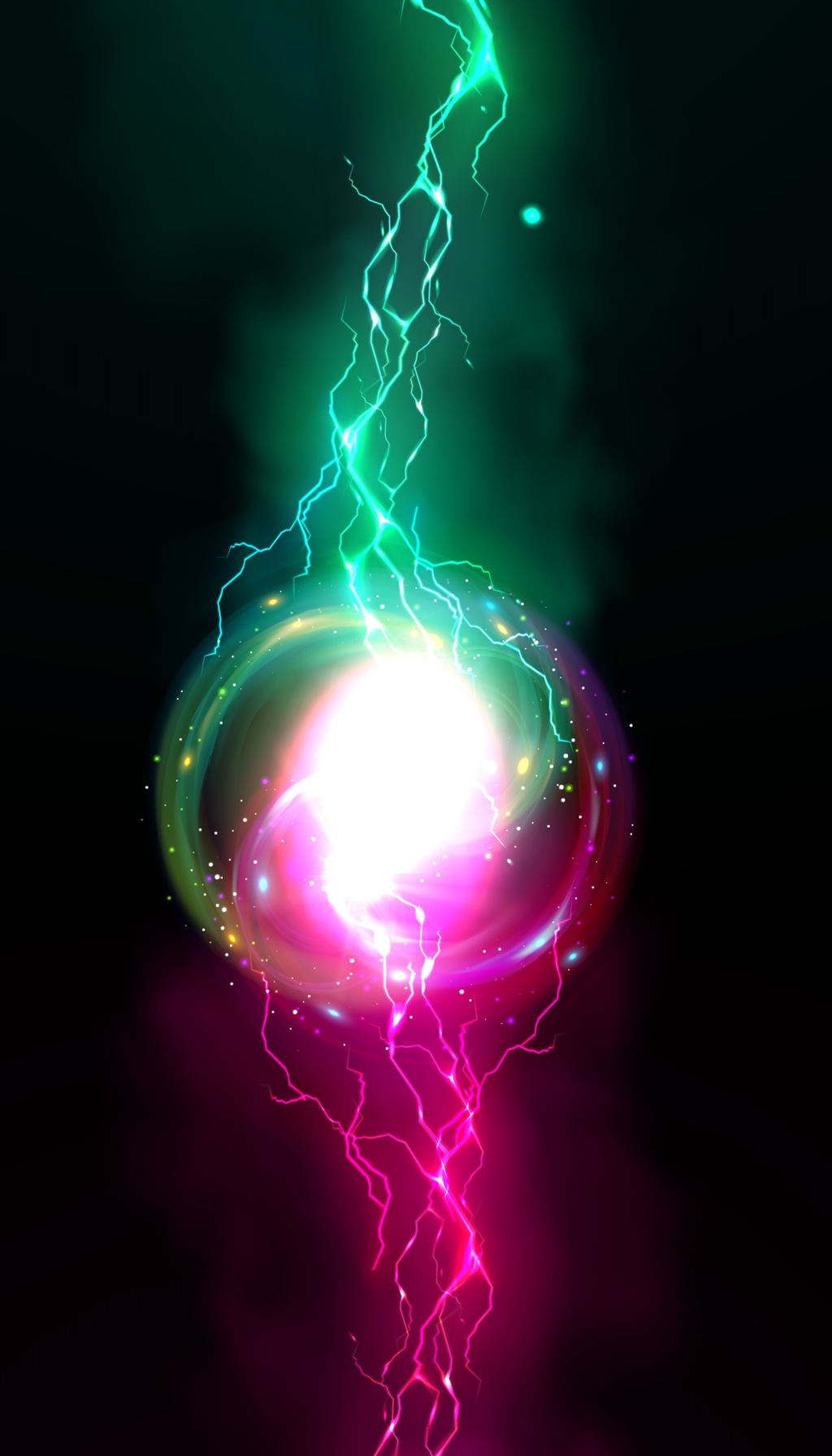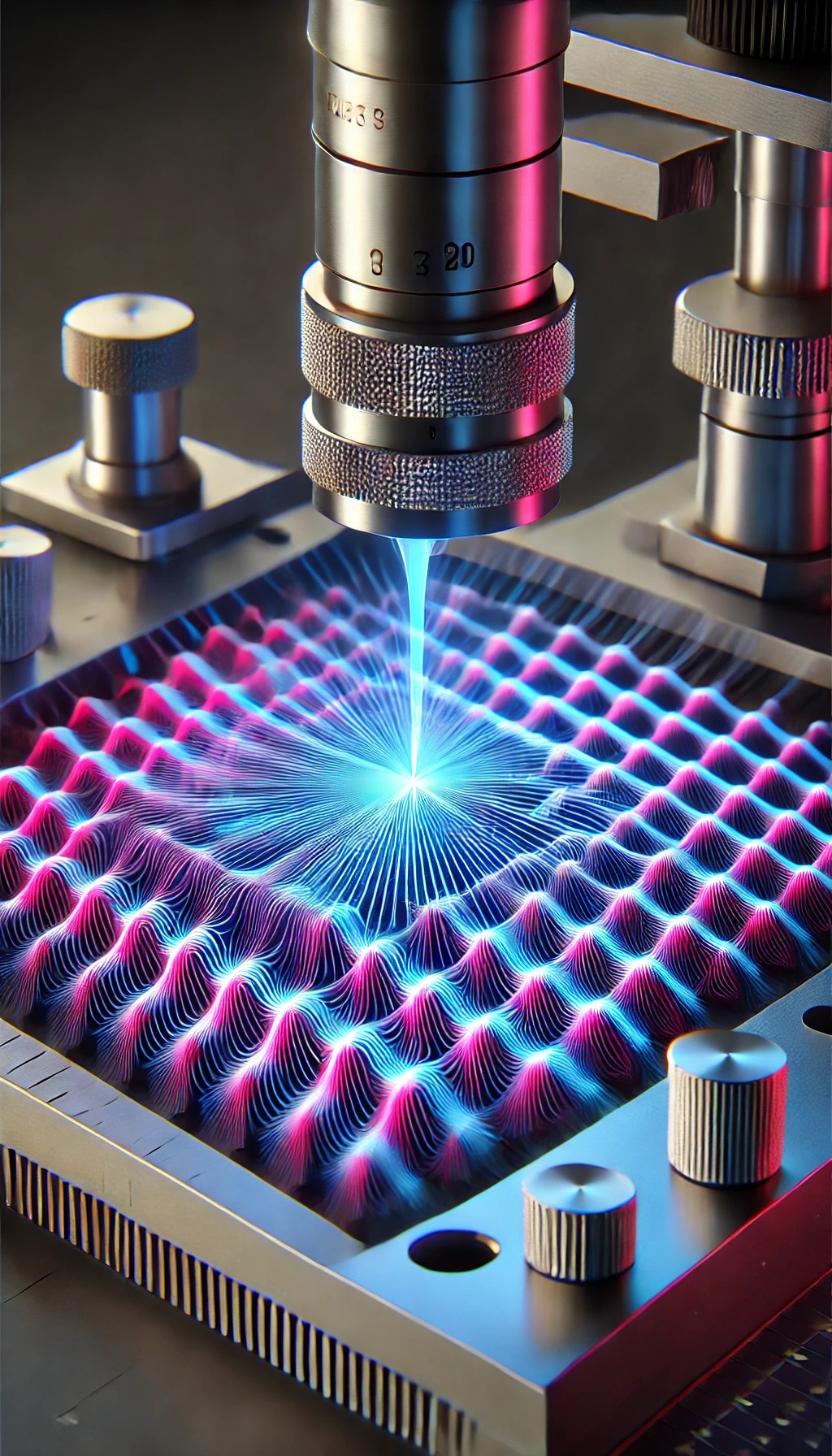En Steneg nos tomamos muy en serio la tecnología y lo que representa. Sabemos que la óptica aplicada es la base de múltiples industrias que dependen de la manipulación y control de la luz con precisión absoluta. Desde sistemas de imagen hasta instrumentación avanzada, esta disciplina impulsa avances en automoción, salud, defensa y manufactura de alta precisión.
Para seguir innovando en este campo, las empresas necesitan profesionales con un dominio técnico excepcional y la capacidad de evolucionar en entornos multidisciplinarios. En nuestra firma, conectamos a las empresas con expertos en diseño óptico, simulación y desarrollo de tecnologías ópticas avanzadas, asegurando que cada talento seleccionado pueda marcar la diferencia en el sector.
Los sistemas ópticos de alto rendimiento requieren un diseño meticuloso y simulaciones avanzadas que permitan optimizar la eficiencia y calidad de la luz en cada aplicación.
Expertise en:
- Diseño y optimización de lentes y sistemas ópticos con herramientas como Zemax, Code V y LightTools.
- Análisis y modelado de aberraciones ópticas, difracción y propagación de la luz en diferentes medios.
- Prototipado y validación de sistemas ópticos, asegurando alineación y rendimiento en entornos industriales y científicos.
- Desarrollo de ópticas personalizadas, desde lentes freeform hasta óptica adaptativa.
Aplicaciones clave:
- Dispositivos ópticos de precisión en automoción y aeroespacial.
- Desarrollo de sistemas de iluminación avanzada y metrología óptica.
- Optimización de rendimiento óptico en dispositivos médicos y láseres industriales.


La captura y procesamiento de imágenes son esenciales en múltiples aplicaciones, desde visión artificial hasta microscopía y exploración espacial. Conectamos empresas con talento especializado en:
- Sensores de imagen CMOS y CCD para cámaras industriales, dispositivos médicos y visión artificial.
- Sistemas de visión artificial aplicados a control de calidad, automatización y análisis de datos visuales.
- Óptica en microscopía avanzada, incluyendo fluorescencia, superresolución y microscopía de fuerza atómica (AFM).
- Lentes y óptica para cámaras de alto rendimiento, aplicadas en defensa, satélites y observación astronómica.
La óptica ultrarrápida es un área clave en telecomunicaciones, espectroscopia y procesamiento de materiales. Aseguramos la selección de expertos en:
Expertise en:
- Láseres de pulsos ultracortos, aplicados en microfabricación, cirugía láser y generación de THz.
- Control y manipulación de la luz en el dominio del tiempo, incluyendo compresión y amplificación de pulsos.
- Interacción luz-materia a escalas temporales extremas, relevante en investigación fundamental y aplicaciones industriales.
Aplicaciones clave:
- Innovación en telecomunicaciones mediante técnicas de óptica ultrarrápida.
- Desarrollo de nuevas técnicas espectroscópicas para análisis avanzados.
- Procesamiento de materiales con láseres ultrarrápidos en entornos industriales.


Las tecnologías de holografía y rejillas de difracción permiten la manipulación avanzada de la luz en aplicaciones que van desde la visualización 3D hasta la espectroscopia de alta resolución. Trabajamos con especialistas en:
Expertise en:
- Rejillas de difracción para espectroscopia, telecomunicaciones y óptica de precisión.
- Pantallas holográficas y tecnologías de realidad aumentada basadas en difracción óptica.
- Metrología holográfica aplicada en la medición de superficies y control de calidad en la industria.
Aplicaciones clave:
- Visualización avanzada mediante holografía y difracción.
- Espectroscopia de alta resolución con tecnologías de rejillas ópticas.
- Control de calidad industrial basado en metrología holográfica.
Las aplicaciones industriales y científicas requieren una precisión extrema en la medición óptica. Seleccionamos profesionales con experiencia en:
Expertise en:
- Interferometría óptica para medición de superficies y control de calidad en óptica de precisión.
- Espectroscopia avanzada para análisis de materiales, química y biomedicina.
- Técnicas de metrología óptica en la caracterización de componentes ópticos y alineación de sistemas.
- Sistemas de medición basados en láser, incluyendo perfilometría óptica y escaneo 3D.
Aplicaciones clave:
- Medición precisa en la fabricación de óptica de alta precisión.
- Análisis espectroscópico en entornos industriales y científicos.
- Control de calidad en producción de componentes ópticos.


- Conocimientos en óptica no lineal, circuitos fotónicos y optoelectrónica avanzada.
- Experiencia en integración de sistemas fotónicos con electrónica y software.
- Capacidad para diseñar, probar y optimizar dispositivos fotónicos.
- Habilidades en I+D y desarrollo de nuevos materiales fotónicos.
- Pruebas prácticas en diseño y simulación de sistemas fotónicos.
- Evaluación de experiencia en integración de fotónica en aplicaciones industriales.
- Casos de estudio en redes de fibra óptica, optoelectrónica y detección avanzada.
- Participación en conferencias y congresos internacionales, como SPIE Photonics West, Optica (anteriormente OSA) y EPIC Meetings.
- Colaboración con universidades y centros de investigación óptica, facilitando acceso a talento emergente y nuevas tecnologías.
- Vinculación con fabricantes y proveedores de componentes ópticos, clave para la transición de I+D a producción.
- Comunidades y foros especializados, como LinkedIn Groups en óptica, redes de Zemax y asociaciones de ingenieros ópticos.
- Acceso a expertos en nichos específicos de óptica aplicada.
- Oportunidades de innovación conjunta con líderes del sector.
- Mayor visibilidad para atraer y retener talento en empresas de óptica avanzada.


Nos preocupamos por retener el talento, asegurando que cada profesional se sienta valorado y motivado en su entorno laboral. Estrategias para la retención de talento en óptica aplicada:
- Programas de formación continua y desarrollo profesional, adaptados a las necesidades de cada empleado.